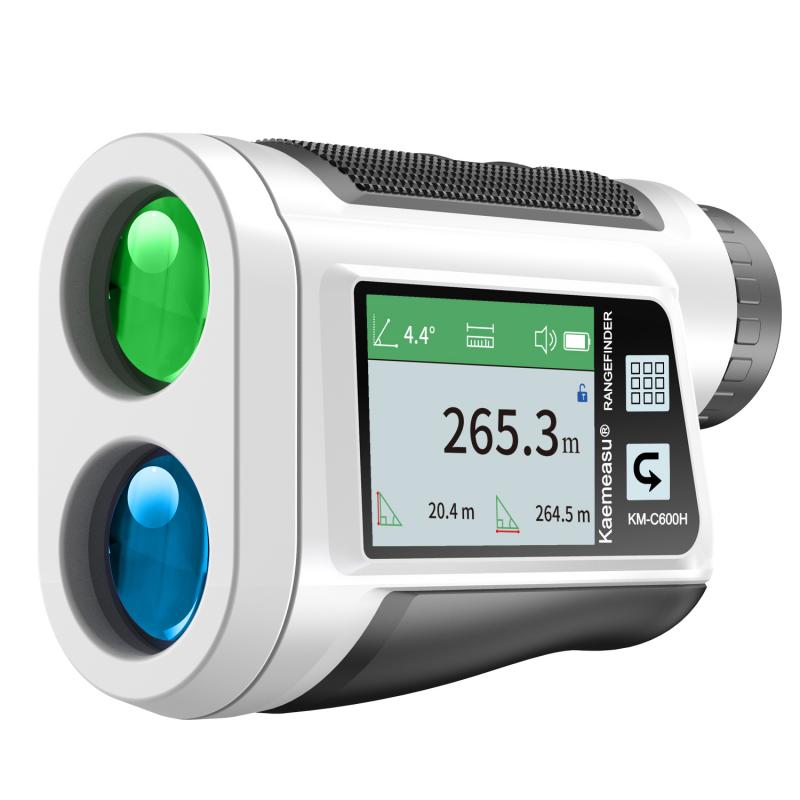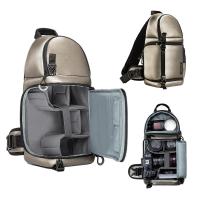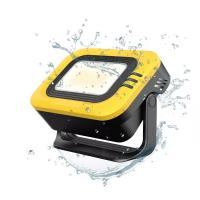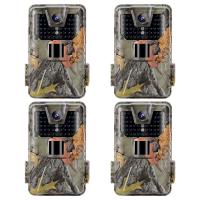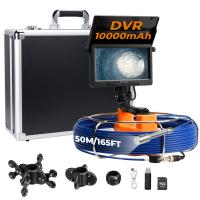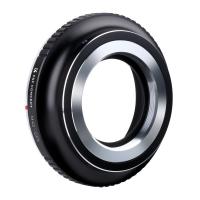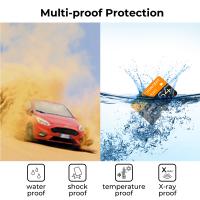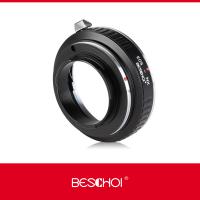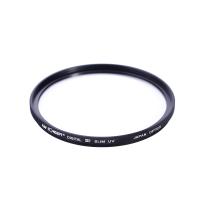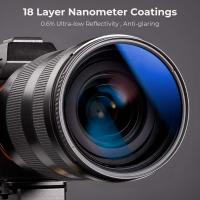What Rangefinder Does The Military Use ?
The military uses a variety of rangefinders, including laser rangefinders and optical rangefinders, depending on the specific application and requirements. Laser rangefinders, such as the AN/PED-1 Lightweight Laser Designator Rangefinder (LLDR), are commonly used for target acquisition, artillery fire control, and reconnaissance purposes. These rangefinders use laser technology to measure the distance between the user and the target accurately. Optical rangefinders, on the other hand, rely on optical principles and are often integrated into military binoculars or scopes. They provide distance estimation by using reticles or other mechanisms to measure the target's size or angular subtense. Examples of optical rangefinders used by the military include the M22 Binoculars and the M49 Spotting Scope. The specific rangefinder used by the military can vary depending on factors such as mission requirements, equipment availability, and technological advancements.
1、 Laser Rangefinders: Commonly used for precise distance measurements in military operations.
Laser rangefinders are commonly used by the military for precise distance measurements in various operational scenarios. These devices utilize laser technology to accurately determine the distance between the user and a target. The military relies on rangefinders to enhance situational awareness, improve accuracy in targeting, and aid in mission planning.
The military employs a range of laser rangefinders, each designed to meet specific operational requirements. These devices are often integrated into weapons systems, such as rifles and artillery, to assist in target acquisition and engagement. They are also used in reconnaissance and surveillance missions to gather critical information about enemy positions and movements.
One of the key advantages of laser rangefinders is their ability to provide real-time distance measurements with high precision. This enables military personnel to make informed decisions quickly and effectively. Additionally, modern laser rangefinders often come equipped with advanced features like target tracking, ballistic calculations, and digital displays, further enhancing their utility in the field.
In recent years, there has been a growing trend towards the development of compact and lightweight laser rangefinders that can be easily carried by individual soldiers. These portable devices offer increased mobility and flexibility, allowing military personnel to quickly assess distances and engage targets with greater accuracy.
It is important to note that specific models and brands of laser rangefinders used by the military may vary depending on the country and branch of service. The military continuously evaluates and adopts the latest advancements in rangefinder technology to ensure they have the most effective tools for their operations.
In conclusion, laser rangefinders play a crucial role in military operations, providing accurate distance measurements and enhancing the effectiveness of soldiers in the field. These devices are constantly evolving to meet the changing needs of the military, with a focus on portability, precision, and advanced features.
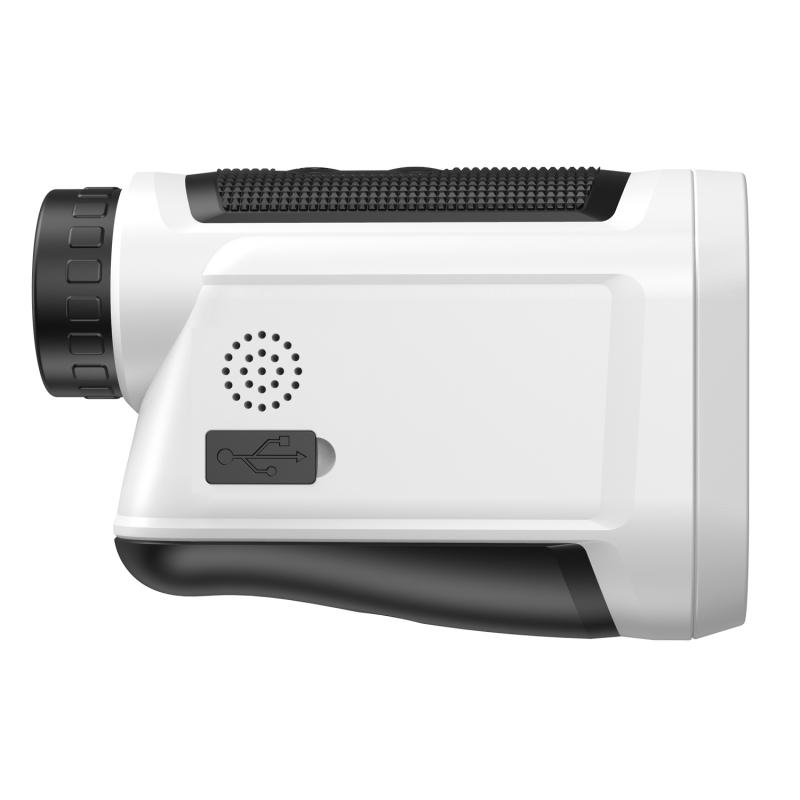
2、 GPS Rangefinders: Utilized for accurate positioning and distance calculations.
The military utilizes a variety of rangefinders for different purposes, including GPS rangefinders. GPS rangefinders are specifically designed for accurate positioning and distance calculations, making them an essential tool for military operations.
GPS rangefinders use Global Positioning System technology to determine precise coordinates and distances. They rely on a network of satellites to triangulate the user's position and provide accurate measurements. These devices are highly reliable and can calculate distances with great precision, which is crucial for military operations that require accurate targeting and navigation.
One of the key advantages of GPS rangefinders is their ability to provide real-time data. They can quickly and accurately determine the distance between two points, allowing military personnel to make informed decisions on the battlefield. This real-time information is invaluable for tasks such as artillery targeting, reconnaissance missions, and search and rescue operations.
In addition to their accuracy and real-time capabilities, GPS rangefinders are also portable and user-friendly. They come in various sizes, from handheld devices to mounted systems on vehicles or aircraft. This versatility allows military personnel to carry and use them in different environments and situations.
It is important to note that technology is constantly evolving, and the military may adopt newer versions or models of GPS rangefinders as they become available. The latest advancements in GPS technology, such as improved satellite systems and more precise algorithms, may further enhance the accuracy and capabilities of military rangefinders.
Overall, GPS rangefinders play a crucial role in military operations by providing accurate positioning and distance calculations. Their reliability, real-time capabilities, and portability make them an indispensable tool for the military, ensuring precision and effectiveness in various tactical situations.
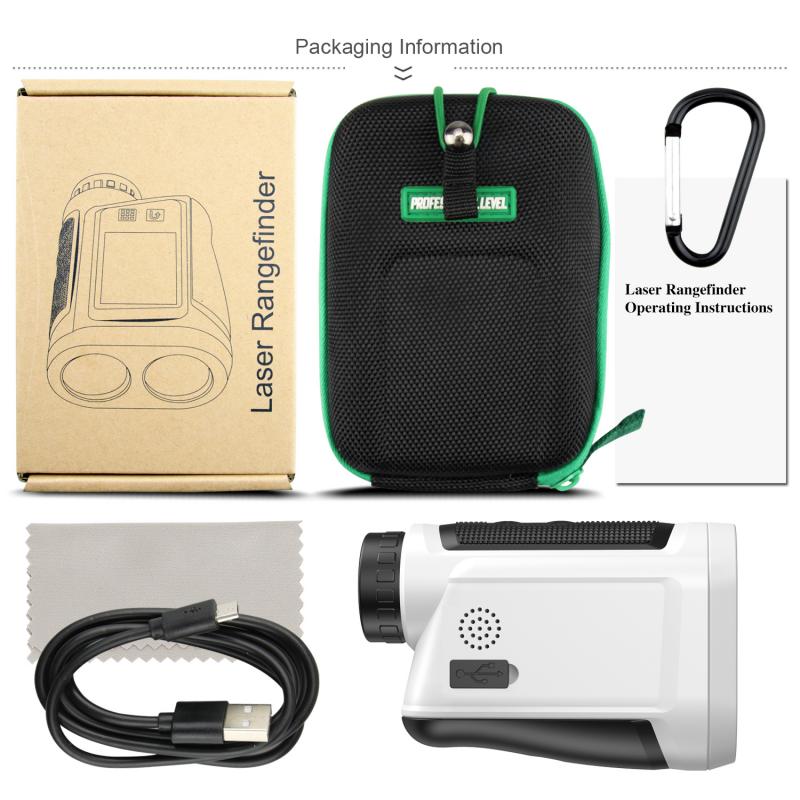
3、 RADAR Rangefinders: Employed for long-range distance measurements using radio waves.
What rangefinder does the military use? The military employs a variety of rangefinders for different purposes, but one commonly used type is RADAR rangefinders. These rangefinders are specifically designed for long-range distance measurements using radio waves.
RADAR (Radio Detection and Ranging) rangefinders work by emitting radio waves and measuring the time it takes for the waves to bounce back after hitting a target. By calculating the time it takes for the waves to travel to the target and return, the rangefinder can determine the distance between the user and the target.
RADAR rangefinders have several advantages that make them suitable for military applications. Firstly, they can operate in various weather conditions, including rain, fog, and darkness, which can be crucial in combat situations. Additionally, they can provide accurate distance measurements over long ranges, allowing military personnel to assess the distance to potential threats or targets accurately.
Moreover, RADAR rangefinders can be integrated into larger military systems, such as artillery or missile guidance systems, to enhance their effectiveness. By providing precise distance measurements, these rangefinders contribute to improving the accuracy and efficiency of military operations.
It is important to note that technology is constantly evolving, and the military may adopt new rangefinder technologies as they become available. Therefore, while RADAR rangefinders are currently used by the military, it is possible that other types of rangefinders, such as laser rangefinders, may also be employed in certain situations.
In conclusion, RADAR rangefinders are commonly used by the military for long-range distance measurements using radio waves. Their ability to operate in various weather conditions and provide accurate measurements makes them valuable tools for military personnel. However, it is essential to stay updated on the latest advancements in rangefinder technology, as the military may adopt new technologies in the future.
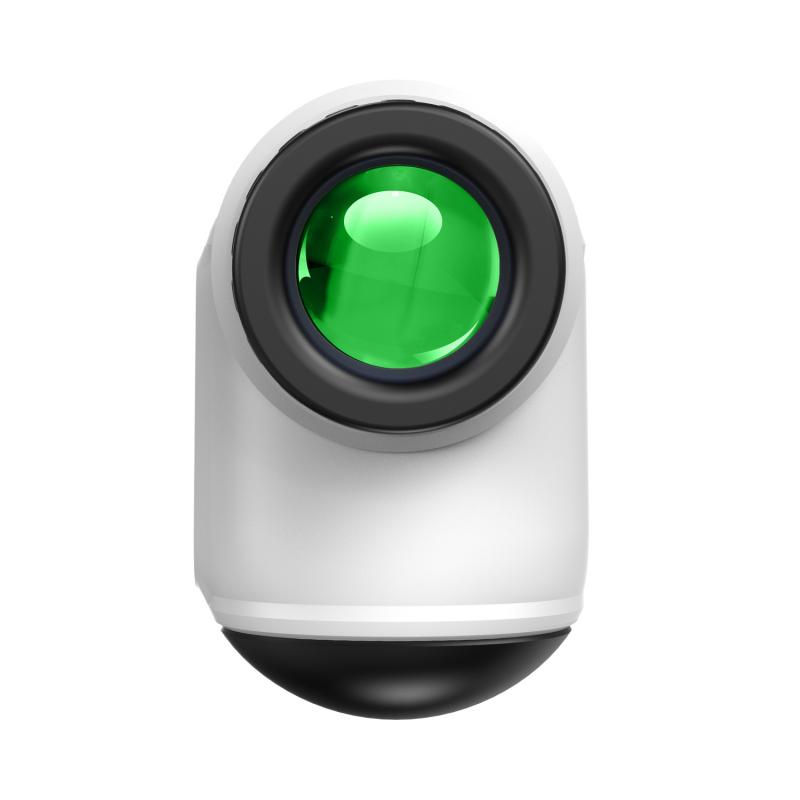
4、 Infrared Rangefinders: Used for distance calculations based on heat signatures.
Infrared rangefinders are indeed used by the military for distance calculations based on heat signatures. These rangefinders utilize infrared technology to detect and measure the amount of heat emitted by an object or target. By analyzing the heat signature, the rangefinder can accurately determine the distance between the user and the target.
The military employs infrared rangefinders for various purposes, including reconnaissance, surveillance, and target acquisition. These devices are particularly useful in situations where traditional optical rangefinders may be ineffective, such as low-light conditions or when the target is obscured by smoke, fog, or camouflage.
In recent years, there have been advancements in infrared rangefinder technology, allowing for more accurate and efficient distance calculations. These advancements include improved sensors, enhanced signal processing algorithms, and increased range capabilities. Some modern infrared rangefinders also incorporate laser technology to further enhance accuracy and precision.
Additionally, the military has been exploring the integration of infrared rangefinders with other advanced technologies, such as night vision goggles and thermal imaging systems. This integration allows for a more comprehensive and detailed understanding of the battlefield environment, enabling military personnel to make informed decisions and effectively engage targets.
Overall, infrared rangefinders play a crucial role in military operations, providing valuable distance measurement capabilities based on heat signatures. As technology continues to advance, we can expect further improvements in the accuracy, range, and integration of these rangefinders, enhancing the military's capabilities in various operational scenarios.
